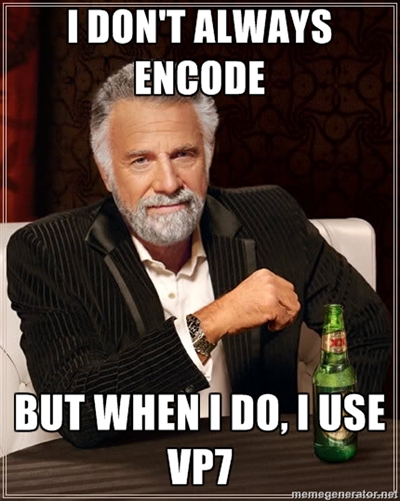Here’s a result of another attempt to distract myself from the thoughts whether Ukraine will kick out the invaders in a steady manner or if the führer will resort to chemical or nuclear weapons.
So I decided to take a look at random FMV game and Voyeur II came to my attention. From what I know the first instalment uses RL2 videos and is supported by ScummVM. The second game, however, uses a completely different format and packs most of the data into few volumes (80% of the data on CD is in single diskN.vol and the rest of the data is mostly in endings.vol and slides.vol).
Those volume files turned out to be archives as expected, and the content of those archives turned out to be kinda archives too.
The data stored in volume files is bits of video usually one or two seconds long but the way they’re stored is somewhat peculiar. The header defines (always?) four streams, two of which are dummy ones and the other two are audio and video correspondingly (and they can turn up in any order). The rest of the file is a collection of blocks with 8-byte header defining block size and to which stream it belongs to—and yes, blocks for different streams may be interleaved. Audio stream seems to be plain PCM and video stream is a sequence of frames (thankfully, 14-byte frame header contains packed frame size).
So, what about video compression? It’s RLE with a small twist: there are intra- and inter-frame RLE variants and they can use double-pixel mode (i.e. where you skip or fill the doubled amount of pixels and for raw pixel data each pixel is repeated twice on output). Inter-frame RLE compression has skip codes (i.e. at first you read how many pixels you need to skip, then you read either raw pixels to update the frame with or RLE data depending on opcode, and then you read next skip code and repeat it until the end of frame). Additionally it seems the video is always 320×160 and only video height is stored in the files.
All in all, the most interesting part there turned out to be the logical organisation of data and not the RLE compression or actual videos (I checked random couple of dozens of samples from over two thousands total videos and nothing piqued my interest). Maybe I’ll find something more interesting next time.
